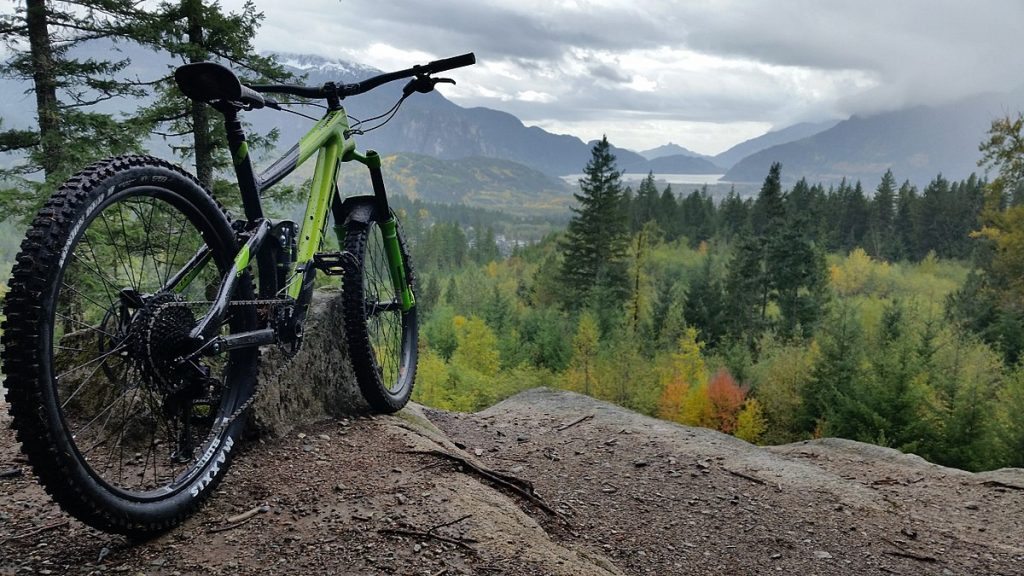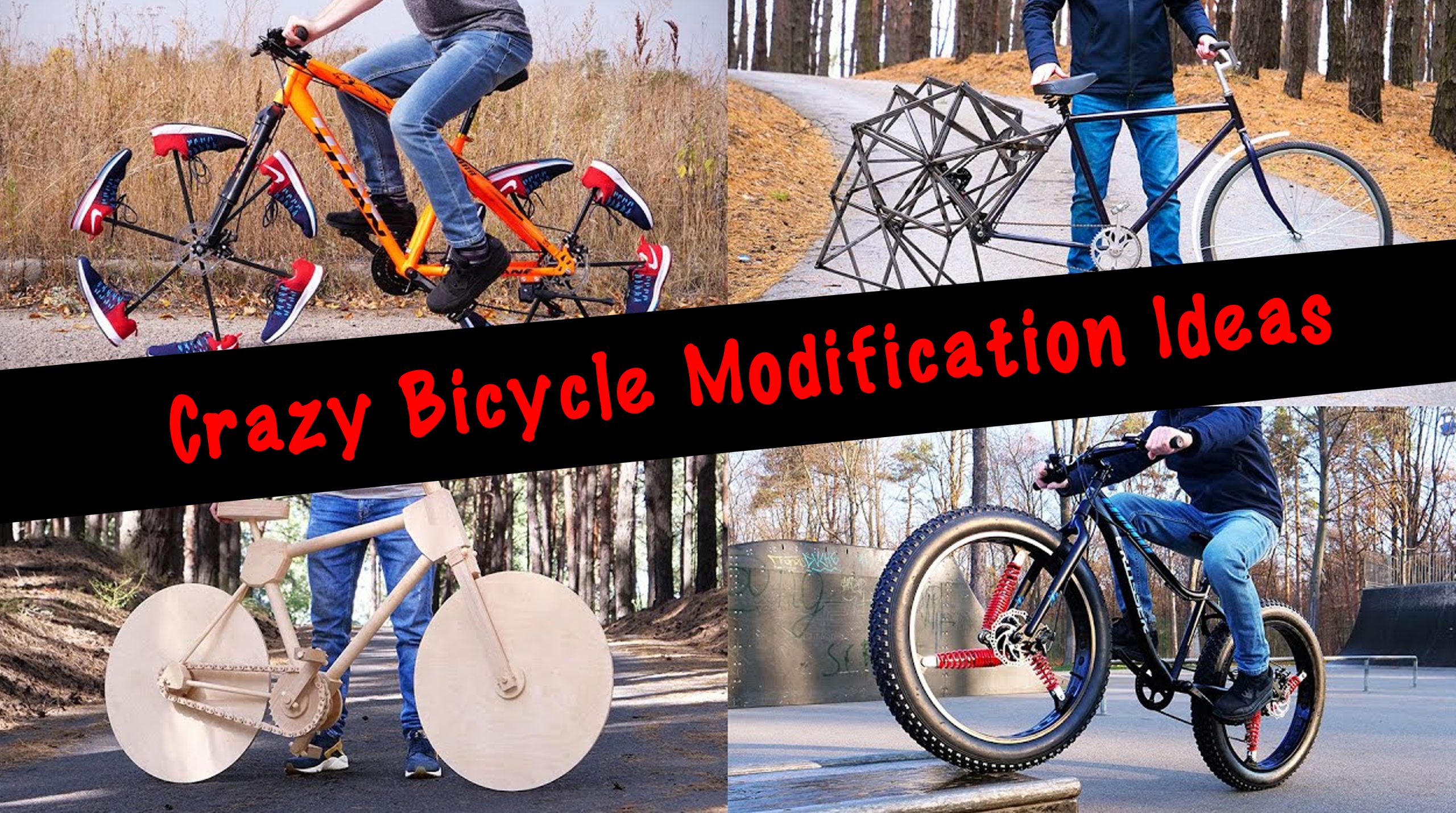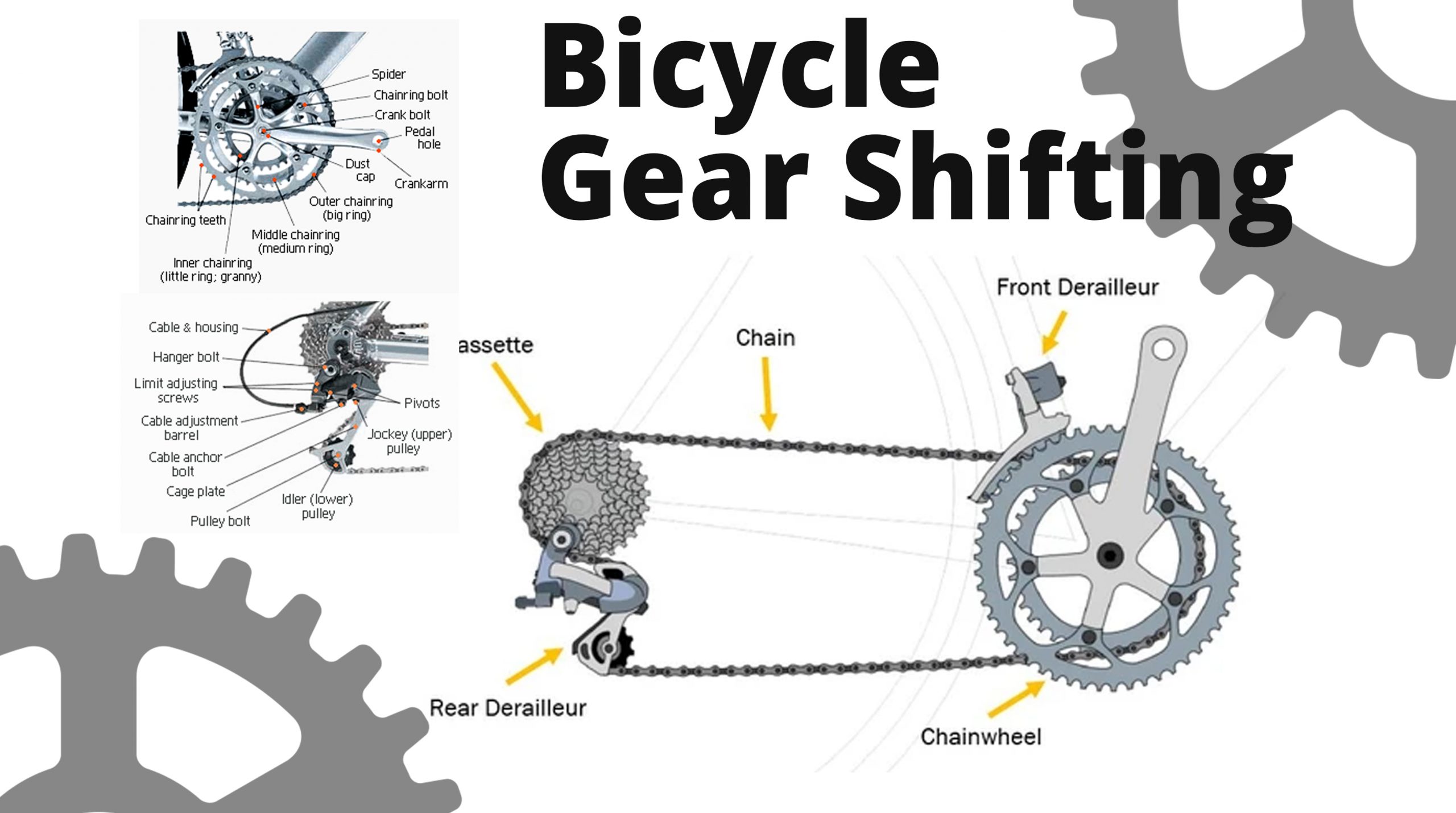There are various types of bikes available in the present market. Different types of people need different types of bikes. Mountain bike is also one type of bike, including some special features. After hearing the name of a mountain bike, we can guess that it is a bike for riding on the hills or mountains. In this article, I am going to write about the tires on a mountain bike. So let’s start my today’s article without wasting any more time.
Table of Contents
Know About Perfect Mountain Bike
Normally, for off-road cycling, a mountain bike or mountain bicycle is designed. A mountain bike has some similarities to a regular bike, but the difference is in the durability and performance in rough terrain. With a suspension fork, more durable wheels, more powerful brakes, large knobby tires, straight handlebars, lower gear ratio to climb steep grades, and something rear suspension, this bike is initially produced worldwide.

This bike is specially designed for use on mountain trails, single track, and other unpaved surfaces. This bike has many special features like log piles, rock gardens, skinnies, gap jumps, steep grades, and so on. This bike gets popular for the style of its stronger rims and wider tires.
Mountain bike tire sizes
The tire size of a mountain bike matters on the overall performance of the bike. Mountain bike tire size means the tire diameter of a mountain bike, Mountain bike tire width recommendations, the air pressure of tires, Mountain Bike Tire Tread, etc. Here I am going to describe the tire sizes of a mountain bike. Please read the following article fast to last to know about it.
Mountain Bike Tire Diameter
When we think about any mountain bike, the first thing that comes to our mind about a mountain bike is its tire. Generally, there come three types of sizes of tires for a mountain bike. These sizes are 26 inches, 27.5 inches, and finally, 29 inches. The size of 26 inches has been the standard size for a long time. But nowadays, in many special modern bikes, the manufacturers use 27.5 and 29 inches tires.
For the fastest acceleration, the small-sized wheels of 26 inches are more nimble, having a higher rolling resistance. But they are not as good at going over obstacles. The large tires of 29 inches help keep their momentum better once up to speed, which is best for rolling over obstacles.
Mountain bike tire width recommendations
Width is also the most important consideration after the size of tires. The range of a standard mountain bike’s tires is from 1.6 inches to 2.6 inches. Most mountain bike’s tire width will be in this range. At the start of the trend, tire width is measured from edge to edge. The problem with a thin tire is when you ride a mountain bike, and it creates less rolling resistance with the ground. These types of tires are more efficient for long-distance.
Generally, the smaller width of tires is made from less material to be lighter in weight. These tires have less grip on the ground because of having less surface in contact. Just because of being wide, the wider tires create more friction with the ground, and these tires provide more grip. These types of wider tires are better at rolling over obstacles. Here I added some common mountain bike’s tire width ranges –
Cross country: 1.9″ – 2.3″
Trail / All-Mountain: 2.3″ – 2.5″
Enduro / Downhill: 2.5″ – 2.6″
Mountain bike tire pressure
On the tire trail performance, tire pressure has a huge impact. Lower air pressure is beneficial in the tubeless section. Because tubeless tires can allow the tire to a better grip on the ground and make your ride more comfortable. But the tires that have tubes need maximum air pressure for running perfectly. There remains a relationship between a tire’s width and minimum air pressure. Generally, wider tires should have been at minimum air pressure. So air pressure of a tire can play an important role in a mountain bike’s overall performance.
Mountain Bike Tire Tread
The next most important thing about a mountain bike is its tire tread. In determining its rolling efficiency, the tread on a mountain bike plays an important role in the tire width. This is also a crucial thing of a tire for gripping and stopping power. Knob size, spacing, placement, directionality, etc., are the options of the tread. In the sector of griping and braking power, knob size and shape is more important.
For completing this article, some important information was taken from a reputed website. I always tried to add the right information. However, the information that I added may not be 100% accurate. If you can find any wrong data, please inform us of the right one by adding your valuable comment on the comment box. Please stay with us for the next update.






Leave a Reply